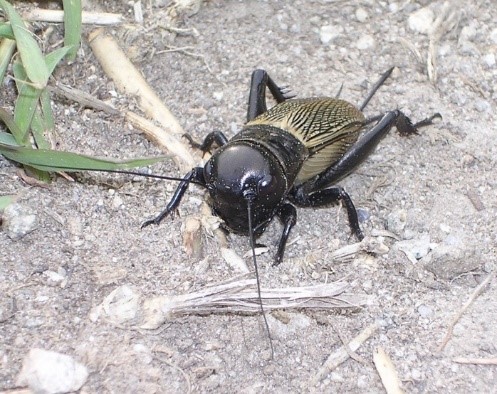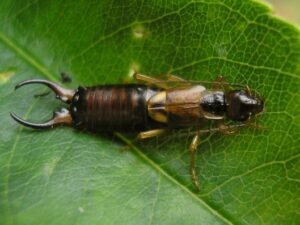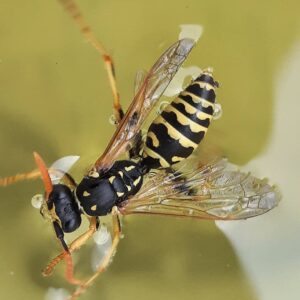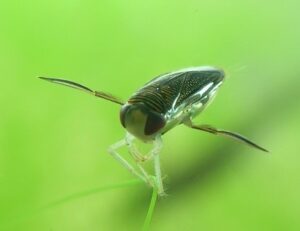Crickets:
Field Cricket
General Description
| · Field crickets are flightless dark brown to gray or blackish.
· They are comparatively large; the males range from 1.9 to 2.3 cm and the females from 1.7 to 2.2 cm. · Field crickets are larger than house crickets and have wings extending beyond the wing covers. |
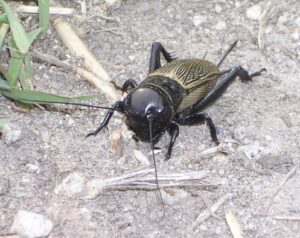
Credit: Roberto Zanon |
Life Cycle and Common Characteristics
- The mating season lasts from May to July.
- The males make a burrow in the soil and wait at the entrance to attract females for mating.
- Nymphs hatch in June till mid-July and hibernate during their 10th or 11th The final molt takes place from April or early May.
- Females are vagrant and attracted by singing males, while males defend their burrows fiercely.
- They lay their eggs in the bare ground either inside or close to a burrow.
- Nymphs, after egg hatching, molt at least 8 times before they become adults.
- Field crickets frequently invade houses and other structures, and may feed on organic matter in the soil or a wide variety of materials.
- They prefer to live outdoors to feed on soft plant parts, but they move inside when environmental conditions outdoors become unfavorable. Individuals are unlikely to survive more than 2 weeks indoors.
- They prefer sunny locations with short vegetation.
- The species is flightless and unable to migrate long distances.
- They practice cannibalism if they are very hungry.
Damages and Economic Implications
- Field crickets are often attracted to lighted areas at night, and may enter buildings. Their infestation can be loud and annoying as these omnivorous insects feed on anything from plants to paper to clothing.

